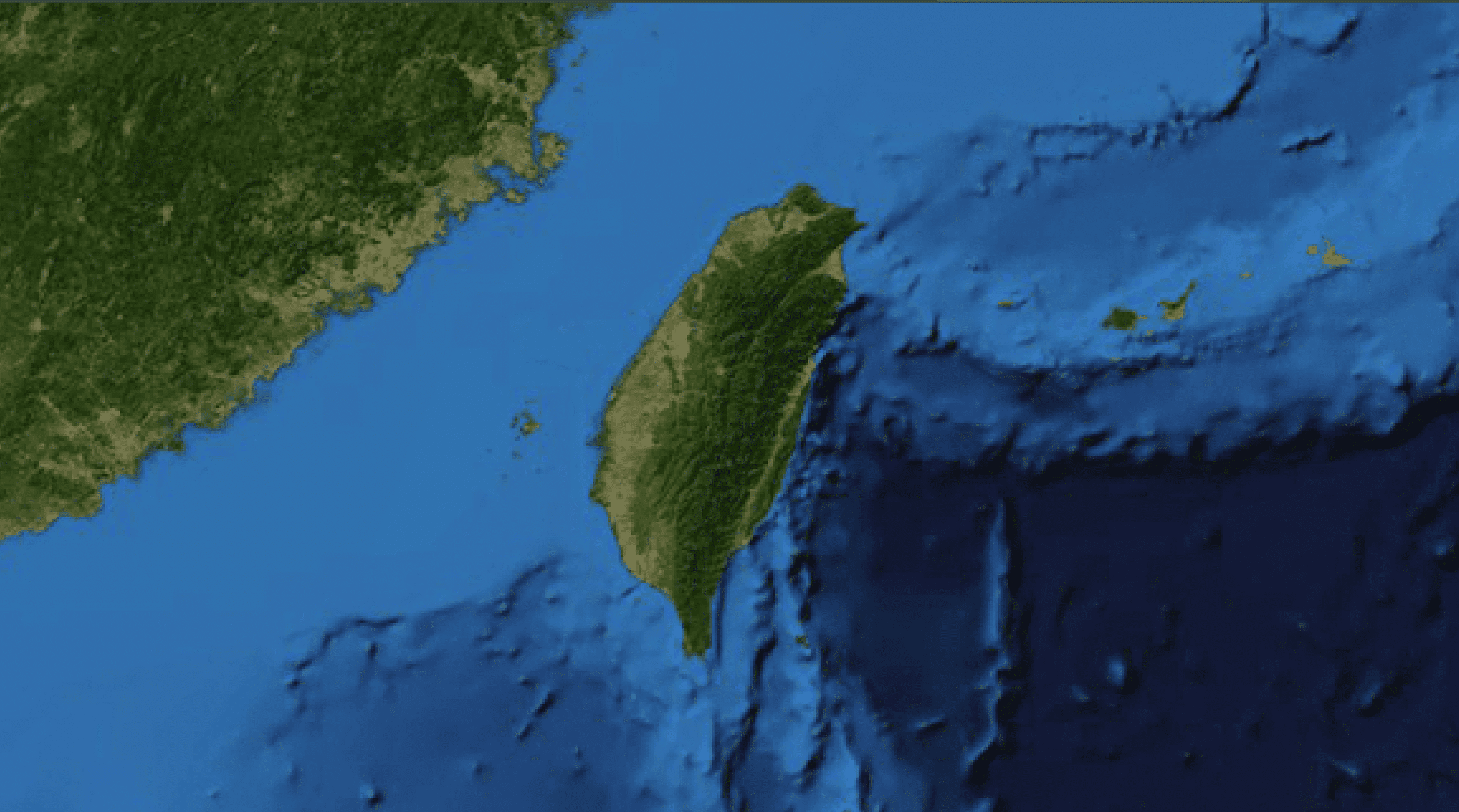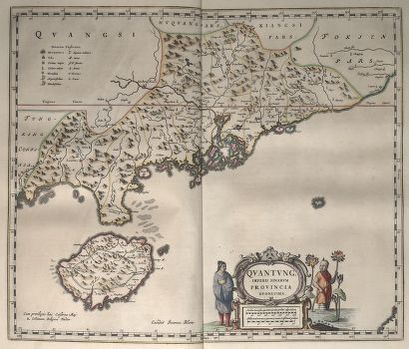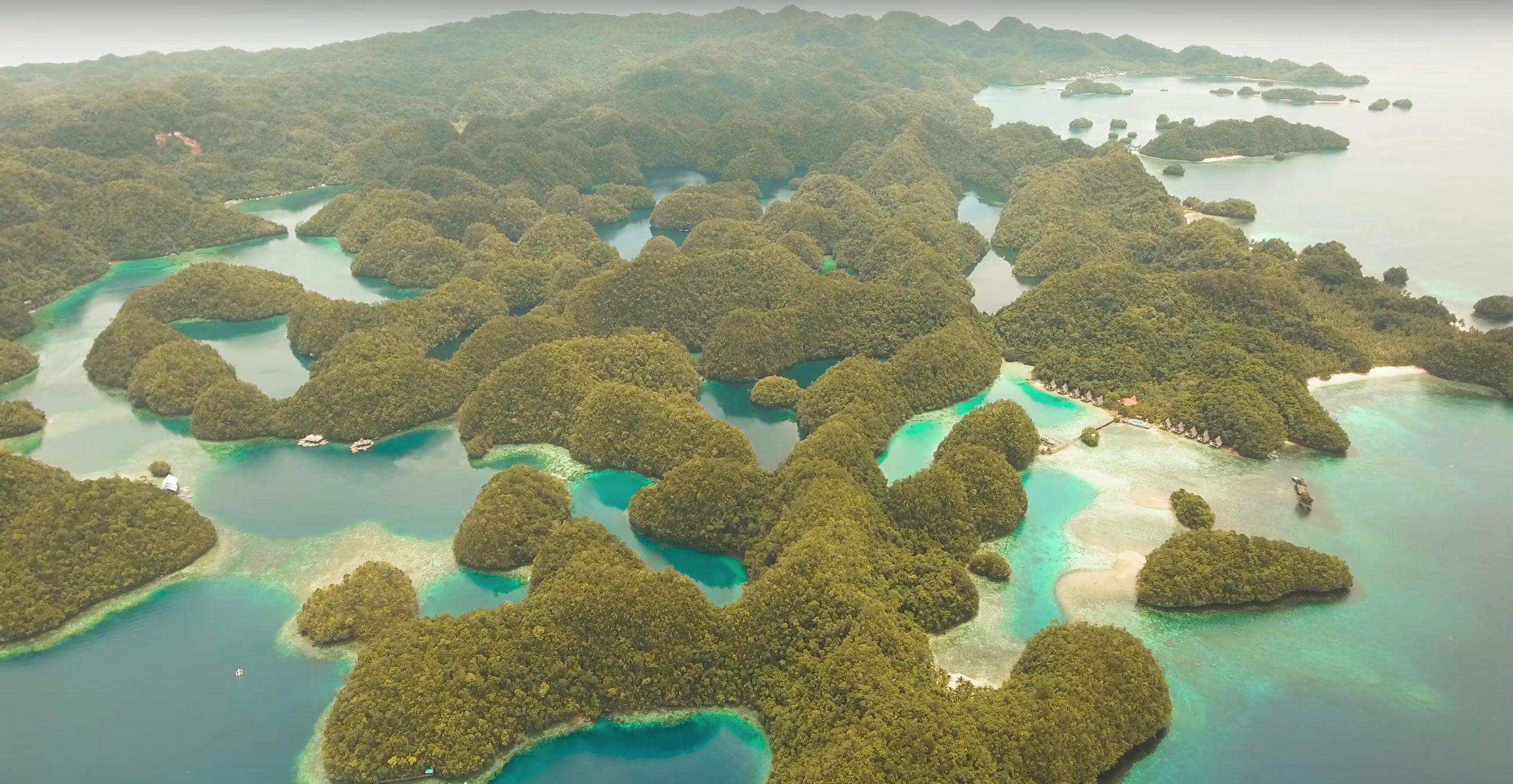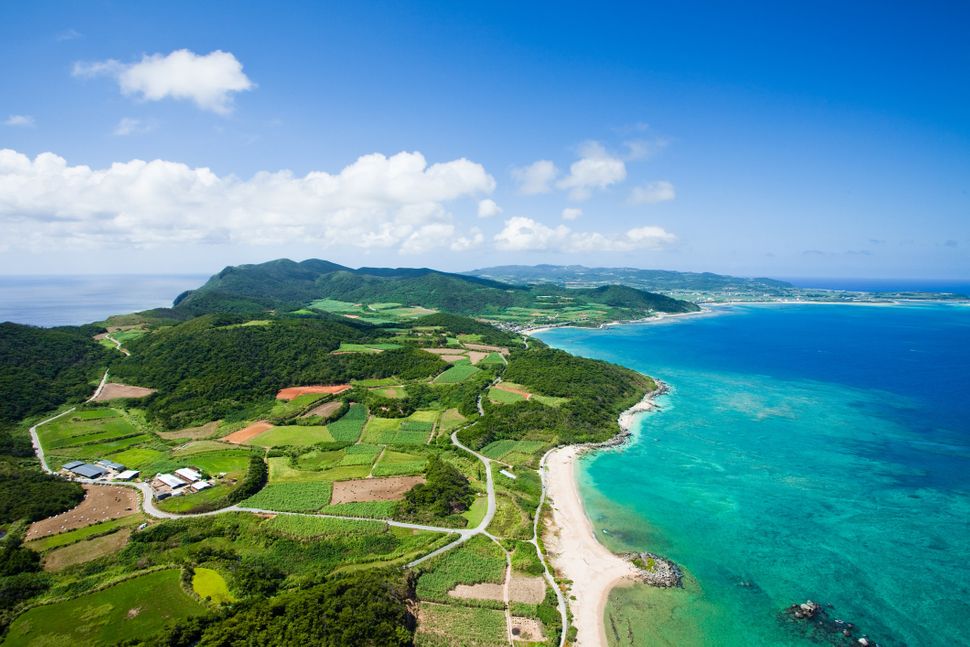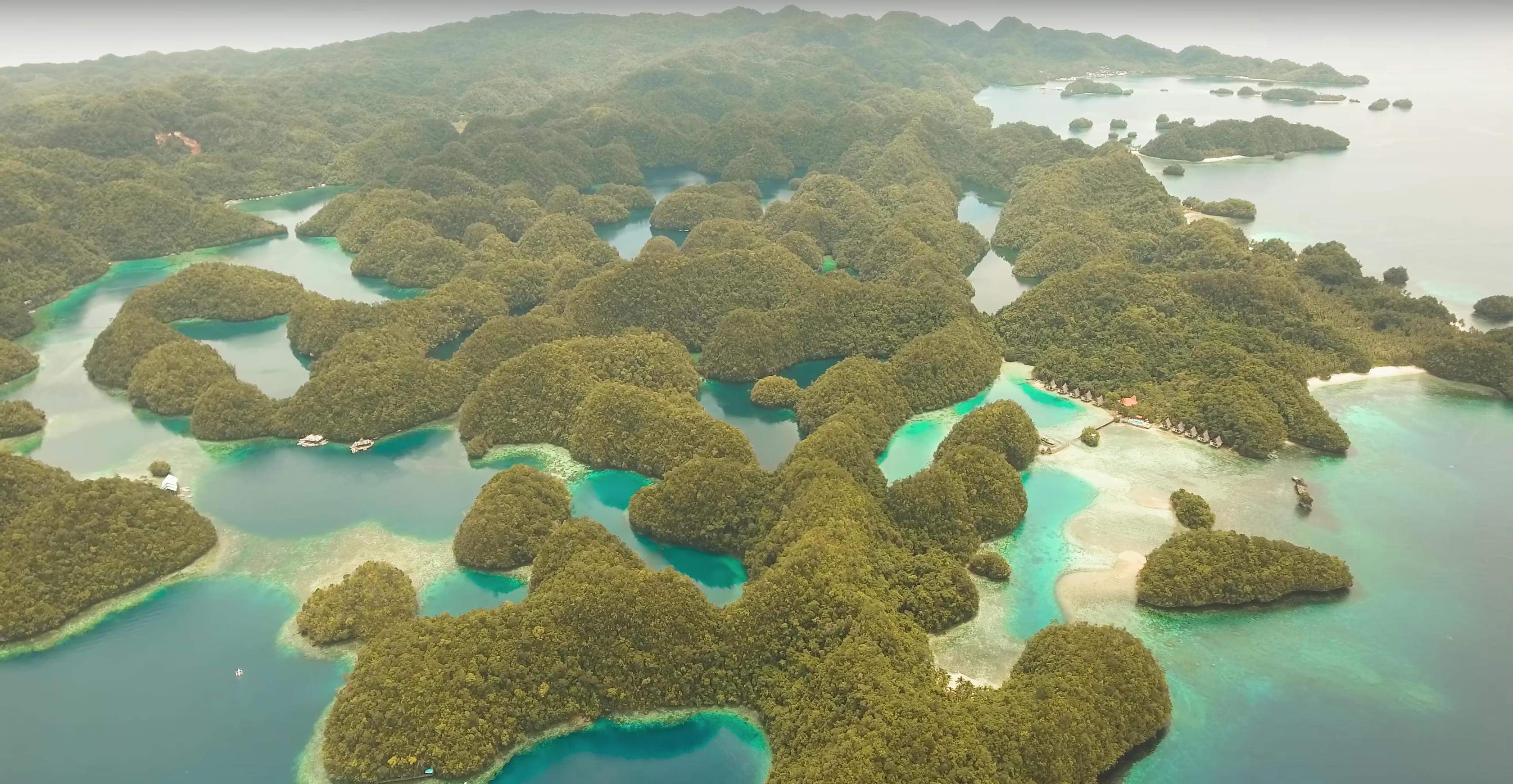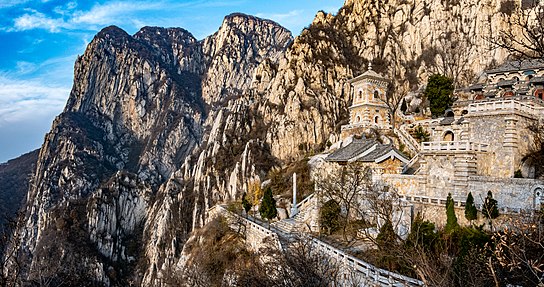 Guizhou People
Guizhou People
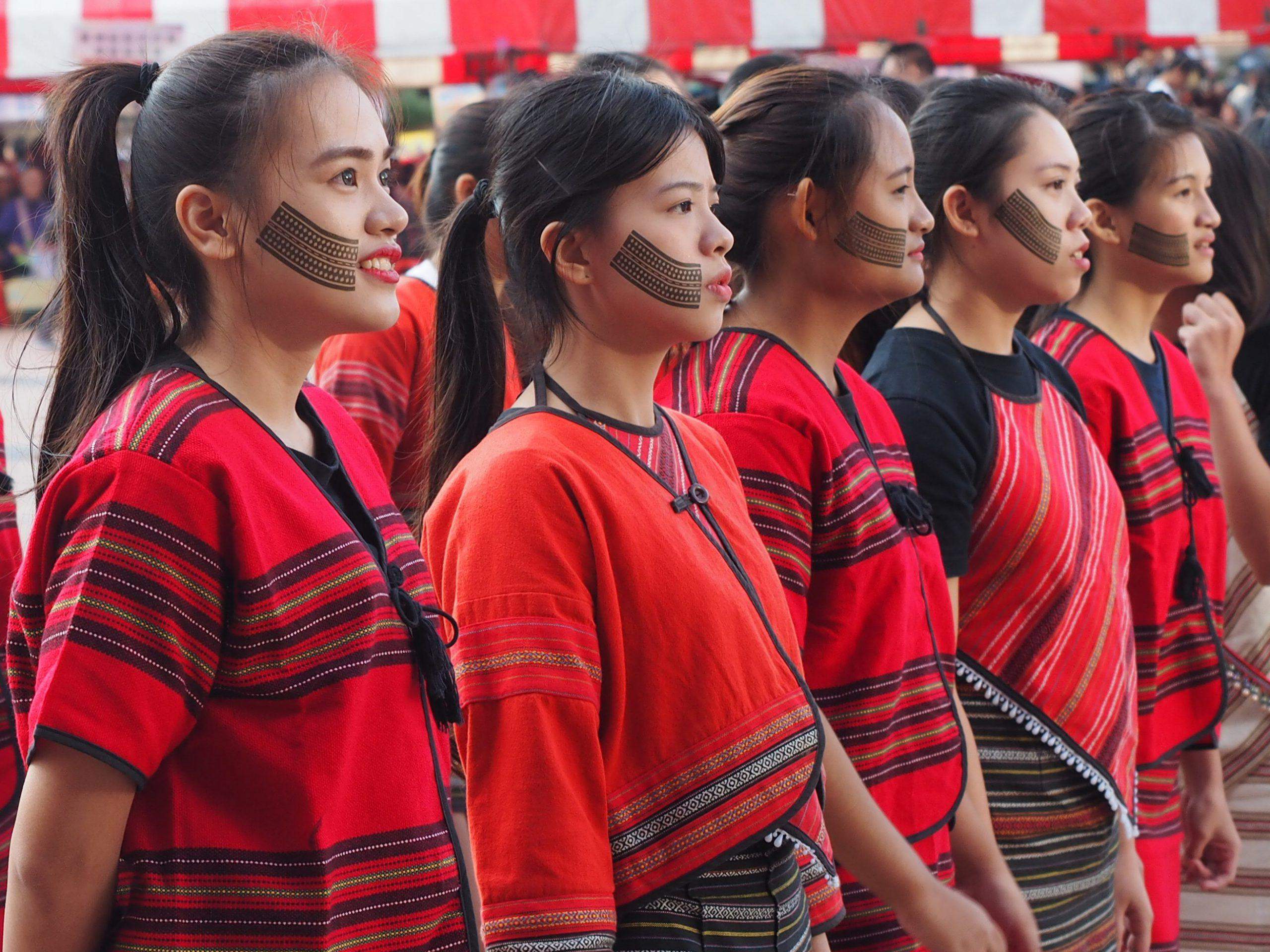 Atayal
Atayal
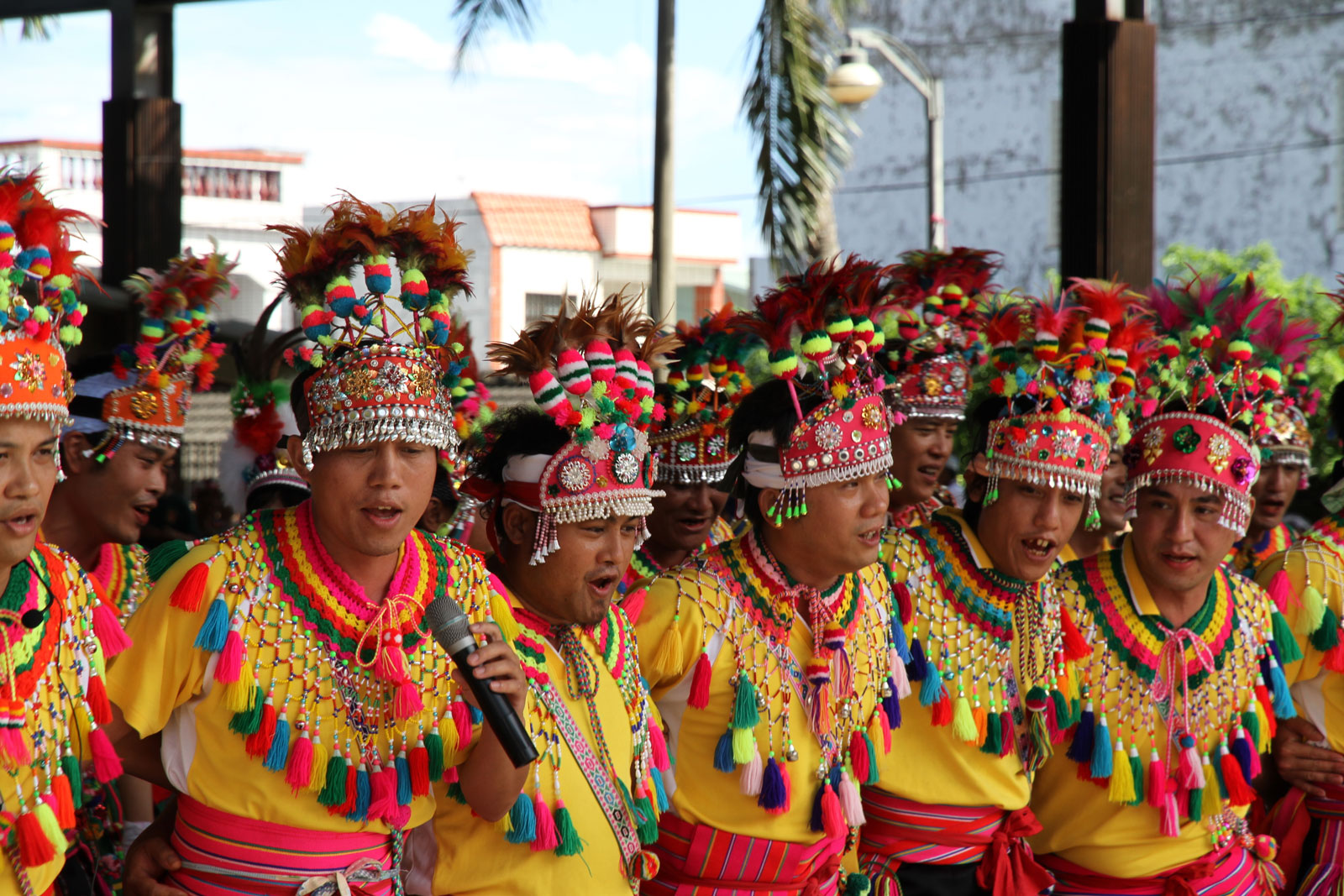 Amis
Amis
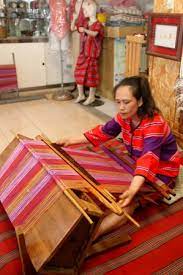 Seediq
Seediq
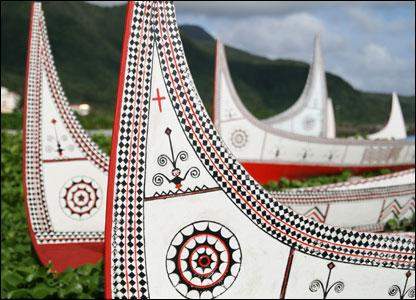 Tao (Yami)
Tao (Yami)
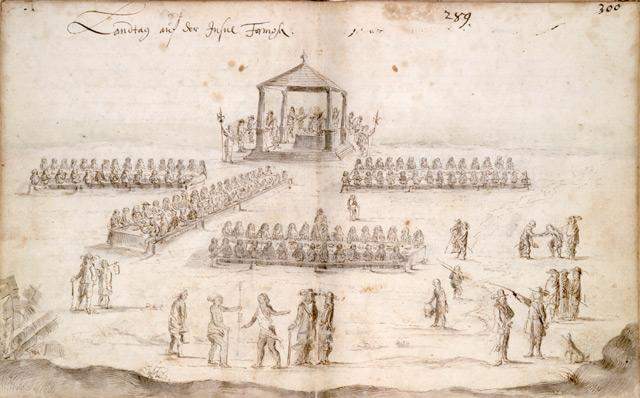 Pazeh
Pazeh
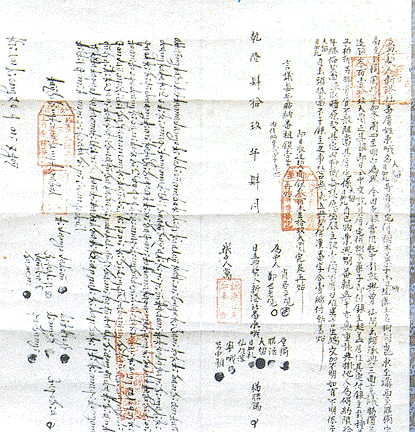 Siraya
Siraya
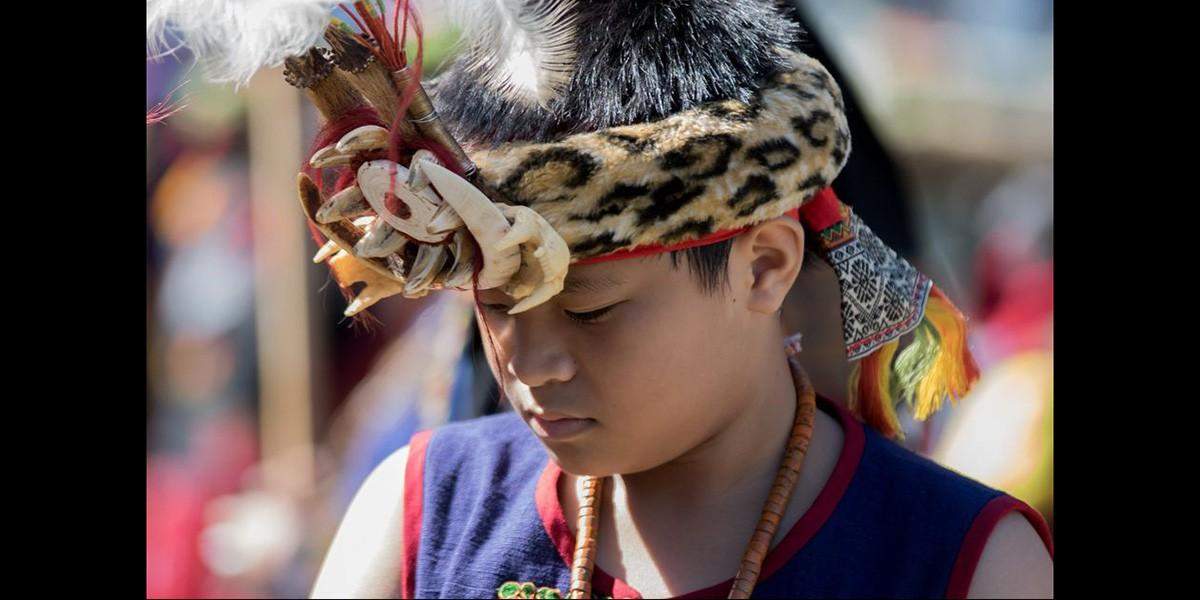 Paiwan
Paiwan
 Thao
Thao
 Hakka
Hakka
 Hoklo
Hoklo
Some Early Communities
- Amis
- Atayal
- Guizhou
- Hakka
- Hoklo
- Paiwan
- Pazeh
- Seediq
- Siraya
- Tao
- Thao

 Coastal landscape of Taiwan
Taiwan's earliest inhabitants migrated to the island thousands of years ago, and there are varying speculations about their origins. Based on archaeological discoveries, many narratives provide evidence that early inhabitants of Taiwan migrated both to and from the Austronesian-speaking islands of the Philippines, Indonesia, and Southeast Asia. However, because of the deteriorated condition of these sites, it is challenging to accurately identify an exact time period or precise locations for migration. Archaeological sites on the western plains of Taiwan support the assertion that some early waves of migration originated from Southern China. By the 17th century, waves of Hakka and Hoklo peoples migrated from mainland China to Taiwan. Regardless of origin and era, Taiwan's early inhabitants settled either in the mountains or on the plains and remained culturally, linguistically, and ethnically diverse. This map spotlights some of these early communities.
Coastal landscape of Taiwan
Taiwan's earliest inhabitants migrated to the island thousands of years ago, and there are varying speculations about their origins. Based on archaeological discoveries, many narratives provide evidence that early inhabitants of Taiwan migrated both to and from the Austronesian-speaking islands of the Philippines, Indonesia, and Southeast Asia. However, because of the deteriorated condition of these sites, it is challenging to accurately identify an exact time period or precise locations for migration. Archaeological sites on the western plains of Taiwan support the assertion that some early waves of migration originated from Southern China. By the 17th century, waves of Hakka and Hoklo peoples migrated from mainland China to Taiwan. Regardless of origin and era, Taiwan's early inhabitants settled either in the mountains or on the plains and remained culturally, linguistically, and ethnically diverse. This map spotlights some of these early communities.
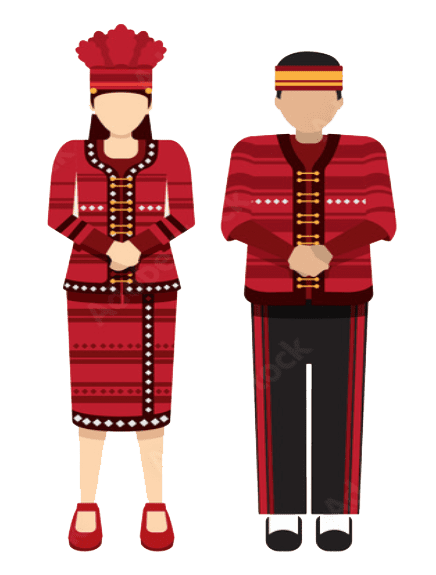 Mount Song sits about 60 miles from Zhengzhou, China, where the Guizhou People are thought to have originated. The mountain is home to some of China’s most sacred Daoist and Buddhist sites.
Guizhou People, hunter-gatherers who lived in the forests near present-day Zhengzhou, China, could have migrated to the southern coast after conflicts with other Han Chinese. There, they became adept sailors and traders and are believed by some Chinese scholars to have eventually made their way to Taiwan.
Mount Song sits about 60 miles from Zhengzhou, China, where the Guizhou People are thought to have originated. The mountain is home to some of China’s most sacred Daoist and Buddhist sites.
Guizhou People, hunter-gatherers who lived in the forests near present-day Zhengzhou, China, could have migrated to the southern coast after conflicts with other Han Chinese. There, they became adept sailors and traders and are believed by some Chinese scholars to have eventually made their way to Taiwan.
 Young Atayal women wear facial painting reminiscent of traditional markings at their harvest festival.
The Atayal were some of Taiwan's earliest inhabitants. They are distinguished for their masterful weaving skills and for their ancient practice of facial markings, which was an important part of a young person's coming of age ceremony. Today, instead of permanent facial markings, the Atayal use facial painting to express their identity and culture.
Young Atayal women wear facial painting reminiscent of traditional markings at their harvest festival.
The Atayal were some of Taiwan's earliest inhabitants. They are distinguished for their masterful weaving skills and for their ancient practice of facial markings, which was an important part of a young person's coming of age ceremony. Today, instead of permanent facial markings, the Atayal use facial painting to express their identity and culture.
 A group of Amis men celebrate their harvest festival
The Amis are Taiwan's largest indigenous population, hailing from the plains south of the Liwu River and east of Taiwan's Central Mountain Range, where they lived in relative isolation until the arrival of the Dutch in the 17th century.
A group of Amis men celebrate their harvest festival
The Amis are Taiwan's largest indigenous population, hailing from the plains south of the Liwu River and east of Taiwan's Central Mountain Range, where they lived in relative isolation until the arrival of the Dutch in the 17th century.
 Seediq artist weaving textile.
The Seediq settled in the mountainous areas of central Taiwan where they farmed and hunted and distinguished themselves with their culture of weaving crafts and red lines.
Seediq artist weaving textile.
The Seediq settled in the mountainous areas of central Taiwan where they farmed and hunted and distinguished themselves with their culture of weaving crafts and red lines.
 Tao canoe
The Tao are believed to have migrated from the Philippines to Taiwan's neighboring Orchid Island where they earned their livelihood through fishing and shipbuilding.
Tao canoe
The Tao are believed to have migrated from the Philippines to Taiwan's neighboring Orchid Island where they earned their livelihood through fishing and shipbuilding.
 A "landdag" or meeting between the Dutch and members of the Dadu Confederation.
Settling on the central-western plains of Taiwan, the Pazeh allied with the Papora, Babuza, and Hoanya tribes all the way to the central western coast of Taiwan to form the Dadu Confederation (known as the Kingdom of Middag by the Dutch). Due to their strategic location on the fertile and game-rich Dadu Plateau, the tribes of the Confederation were able to block invading Dutch communications between the north and south, control trade routes, and provide an umbrella of protection to Chinese pirates on Taiwan's western coast.
A "landdag" or meeting between the Dutch and members of the Dadu Confederation.
Settling on the central-western plains of Taiwan, the Pazeh allied with the Papora, Babuza, and Hoanya tribes all the way to the central western coast of Taiwan to form the Dadu Confederation (known as the Kingdom of Middag by the Dutch). Due to their strategic location on the fertile and game-rich Dadu Plateau, the tribes of the Confederation were able to block invading Dutch communications between the north and south, control trade routes, and provide an umbrella of protection to Chinese pirates on Taiwan's western coast.

 Contract written in both Chinese and the Sinkan language, 1784.
The Siraya inhabited the flat coastal plans of present-day Tainan and were impacted by both Dutch colonization and later, the influx of Han peoples from mainland China. The Dutch converted many Siraya to Christianity and translated the Sirayan written script of Sinkan into a Romanized alphabet as well as a numeral system. After Han settlement in Siraya territory, the Siraya had to assimilate to Han culture or relocate to remote mountainous areas. In both cases, Sirayan language and culture became difficult to preserve.
Contract written in both Chinese and the Sinkan language, 1784.
The Siraya inhabited the flat coastal plans of present-day Tainan and were impacted by both Dutch colonization and later, the influx of Han peoples from mainland China. The Dutch converted many Siraya to Christianity and translated the Sirayan written script of Sinkan into a Romanized alphabet as well as a numeral system. After Han settlement in Siraya territory, the Siraya had to assimilate to Han culture or relocate to remote mountainous areas. In both cases, Sirayan language and culture became difficult to preserve.
 Paiwan boy in traditional dress. Attribution: Ka'iwakīloumoku Pacific Indigenous Institute
The Paiwan are one of the largest and historically most powerful indigenous groups in Taiwan. Paiwan myths place their ancestors' origins on Dawu mountain in Paiwan territory where the heavens were said to exist.
Paiwan boy in traditional dress. Attribution: Ka'iwakīloumoku Pacific Indigenous Institute
The Paiwan are one of the largest and historically most powerful indigenous groups in Taiwan. Paiwan myths place their ancestors' origins on Dawu mountain in Paiwan territory where the heavens were said to exist.
 18th century depiction of the Thao
The Thao, one of the smallest of all indigenous groups in Taiwan, settled near Sun Moon Lake in central Taiwan. Thao legend holds that the Thao settled there due to its rich supply of fish, which was discovered when a tribal ancestor chased a white deer to the lake while hunting.
18th century depiction of the Thao
The Thao, one of the smallest of all indigenous groups in Taiwan, settled near Sun Moon Lake in central Taiwan. Thao legend holds that the Thao settled there due to its rich supply of fish, which was discovered when a tribal ancestor chased a white deer to the lake while hunting.
 Traditional Hakka home in Fujian province, China.
The Hakka, whose name means "guests," were a minority within the Han Chinese, and to escape unrest, originally fled south from the northern province of Henan to the mountains of Fujian and Guangdong provinces. Unable to prosper as they were forbidden from owning land or sitting for the prestigious Chinese civil service exams, they fled the mainland for Taiwan in the famine and upheaval that marked the end of the Ming dynasty in the early 17th century. Over the century, the Hakka settled on Taiwan's western plains.
Traditional Hakka home in Fujian province, China.
The Hakka, whose name means "guests," were a minority within the Han Chinese, and to escape unrest, originally fled south from the northern province of Henan to the mountains of Fujian and Guangdong provinces. Unable to prosper as they were forbidden from owning land or sitting for the prestigious Chinese civil service exams, they fled the mainland for Taiwan in the famine and upheaval that marked the end of the Ming dynasty in the early 17th century. Over the century, the Hakka settled on Taiwan's western plains.






 A Hoklo woman plays a traditional instrument.
The Hoklo, a sub ethnicity of Han Chinese, migrated in waves to Taiwan from Fujian province, China during the early 17th century collapse of the Ming dynasty and simultaneous Dutch colonization of Taiwan. Initially working on Dutch East India Company (VOC) farms, the Hoklo eventually overtook Hakka lands with their dominant numbers. As a result, the Hakka, pushed further inland, encroached deeper into the territory of Indigenous Peoples, and often came into conflict with them. The Hoklo also moved into indigenous lands, promoting both commerce and conflict.
A Hoklo woman plays a traditional instrument.
The Hoklo, a sub ethnicity of Han Chinese, migrated in waves to Taiwan from Fujian province, China during the early 17th century collapse of the Ming dynasty and simultaneous Dutch colonization of Taiwan. Initially working on Dutch East India Company (VOC) farms, the Hoklo eventually overtook Hakka lands with their dominant numbers. As a result, the Hakka, pushed further inland, encroached deeper into the territory of Indigenous Peoples, and often came into conflict with them. The Hoklo also moved into indigenous lands, promoting both commerce and conflict.

 Map of Guangdong province, “Novvs atlas Sinesis”
Spanning China’s southern coast, Guangdong province has had a long history as a locus of trade and migration. During the 1st and 2nd millennia CE, its ports served as the entry and departure point for the Maritime Silk Road. Additionally, over these millennia, many people from Canton may have traded with Taiwan, and occasionally resided there. Migration from Guangdong to Taiwan began in earnest between the 16th and 18th centuries.
Map of Guangdong province, “Novvs atlas Sinesis”
Spanning China’s southern coast, Guangdong province has had a long history as a locus of trade and migration. During the 1st and 2nd millennia CE, its ports served as the entry and departure point for the Maritime Silk Road. Additionally, over these millennia, many people from Canton may have traded with Taiwan, and occasionally resided there. Migration from Guangdong to Taiwan began in earnest between the 16th and 18th centuries.
 Tea plantation in Fujian province, China.
Stretching across both mountains and sea on China’s southeast coast, Fujian province has served as one of China’s agriculture and trading hubs throughout its history. Over the past two millennia, the Fujian people have comprised large numbers of outmigration from China to locations in Southeast Asia, and they began to migrate to Taiwan in significant numbers beginning in the 16th century.
Tea plantation in Fujian province, China.
Stretching across both mountains and sea on China’s southeast coast, Fujian province has served as one of China’s agriculture and trading hubs throughout its history. Over the past two millennia, the Fujian people have comprised large numbers of outmigration from China to locations in Southeast Asia, and they began to migrate to Taiwan in significant numbers beginning in the 16th century.
 Aerial view of Siargo Island, Philiippines
Taiwan’s indigenous populations, whose origins date back as far as 4000 BCE, are part of the Austronesian language family. The islands in which these languages evolved, and from which they may have originated, also include the Philippines and the Indonesian archipelago.
An archipelago stretching from the southern Japanese island of Kyushu to northeastern Taiwan, the Ryukyu Islands are 700 miles long and are comprised of varied terrain–mountainous, volcanic, and coral landscapes.
Aerial view of Siargo Island, Philiippines
Taiwan’s indigenous populations, whose origins date back as far as 4000 BCE, are part of the Austronesian language family. The islands in which these languages evolved, and from which they may have originated, also include the Philippines and the Indonesian archipelago.
An archipelago stretching from the southern Japanese island of Kyushu to northeastern Taiwan, the Ryukyu Islands are 700 miles long and are comprised of varied terrain–mountainous, volcanic, and coral landscapes.
